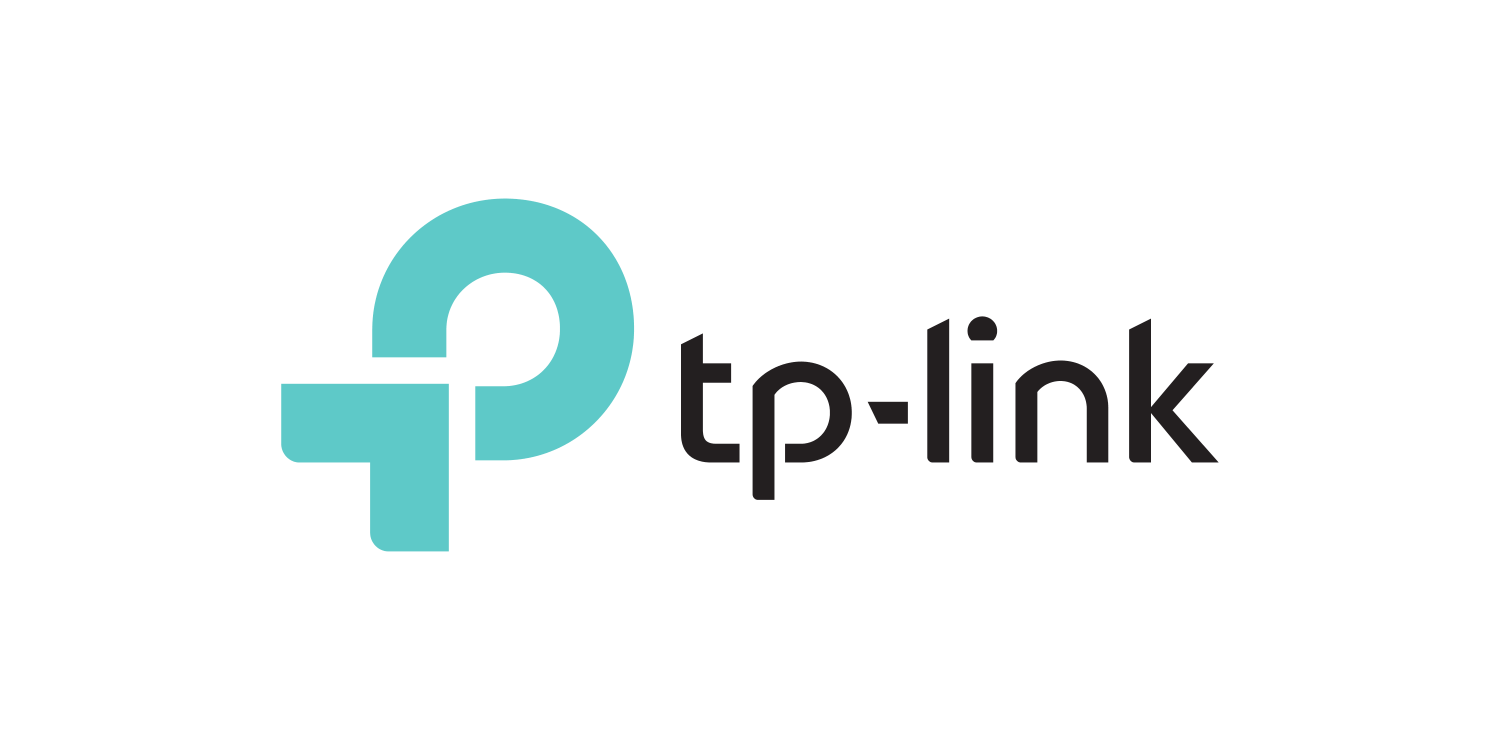Why can't NAT Boost and QoS work at the same time?

NAT Boost and QoS are two common functions that optimize your network. However, in some models, the two functions contradict each other. Why can’t the two work at the same time? To answer this, you need to know how the two functions work.
Note: NAT Boost and QoS can work together in existent certain models.It depends on the acceleration scheme of your model. Please refer to the actually configuration interfaces as final.
How Does NAT Boost Work?
NAT Boost is also known as NAT acceleration. In some cases, it’s also referred to as CTF (Cut-Through Forwarding). NAT Boost is a set of specially designed software rules with hardware functions created to accelerate internet connections.
CTF or pass-through forwarding is when the router starts sending transmission frames immediately after receiving the intended destination. The router, however, won’t know it’s resending data corrupted by retransmission unless the terminal device tells it so.
How Does QoS Work?
QoS (Quality of Service), as its name suggests, is designed to ensure enough bandwidth for critical network traffic under limited network capacity conditions. The core of QoS is assigning different priorities to different applications and handling each accordingly. Users can set priorities for certain applications and devices.
Differentiated Service provides differentiated processing and bandwidth allocation to specific data flows. Packets are classified and marked with tags according to their respective priority levels. This is the precondition for differentiated service and resembles how postal packages are marked for express delivery.
The Conflict between NAT Boost and QoS
NAT Boost—specifically the CTF feature—can conflict with a few other common features, especially QoS.
According to the above functions of NAT Boost and QoS, we can see how QoS directly conflicts with the implementation of NAT Acceleration or Cut-Through Forwarding.
The precondition of QoS options let your router “prioritize” the type of traffic that will be transmitted first. That’s to say, it requires the router to actually hold some data and make that choice. While NAT Boost lets the router transmit directly without holding data. Therefore, NAT Boost removes that possibility by starting the transmission only when it receives the destination.
Similarly, in addition to Quality of Service, there are also some other functions that cannot work with NAT Boost simultaneously. For instance, Traffic Monitoring and Parental Control. This is because such functions also require the router to examine the type of traffic, making it incompatible with the CTF feature, since CTF transmits the data almost as soon as it receives the proper destination.
Should I turn NAT Boost or QoS on?
NAT boost improves the peak connection speed of your home network’s internet service. However, you should consider turning it off if you require any conflicting features like Port Forwarding, QoS, Traffic Monitor, and Parental Control.
QoS, as well as Traffic Monitoring and Parental Control, provide more complex and advanced settings. QoS can efficiently improve performance of your important traffic.It’s also useful when traffic goes from your LAN to the internet, but it might not help too much if your ISP provides a low total bandwidth.
Please set your network according to your actual network condition and needs, so you can enjoy better control of your internet.
